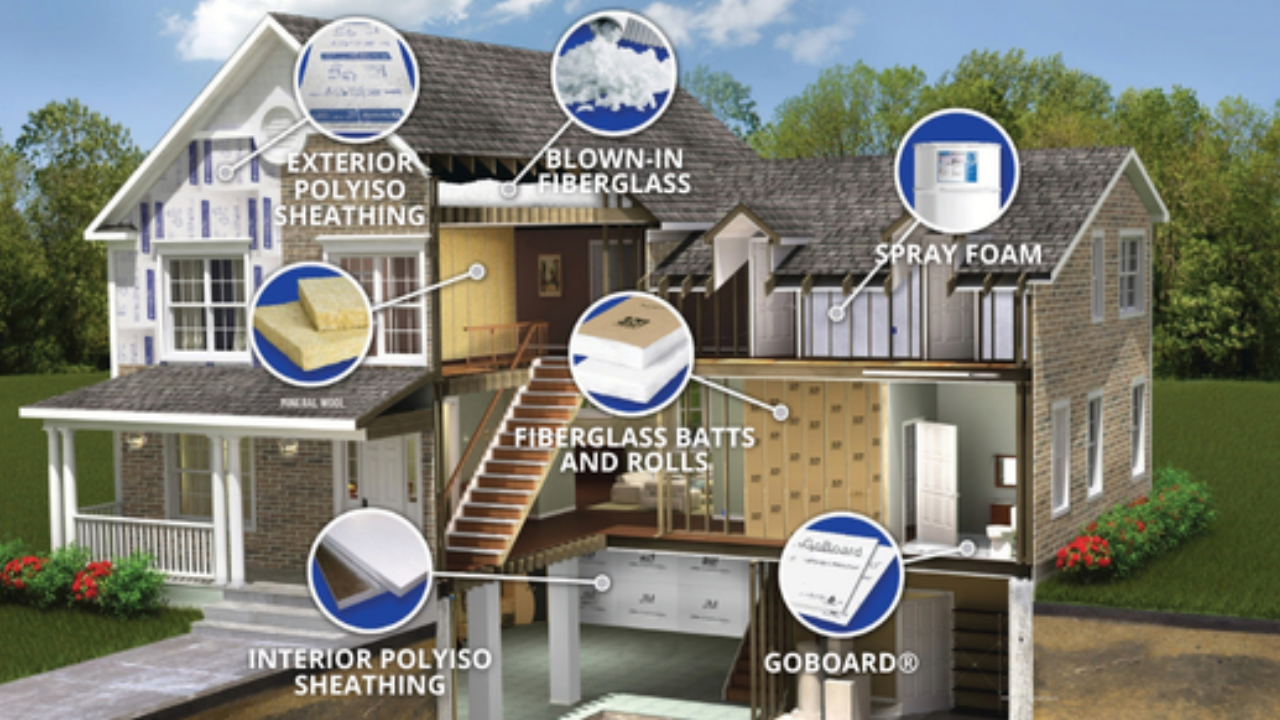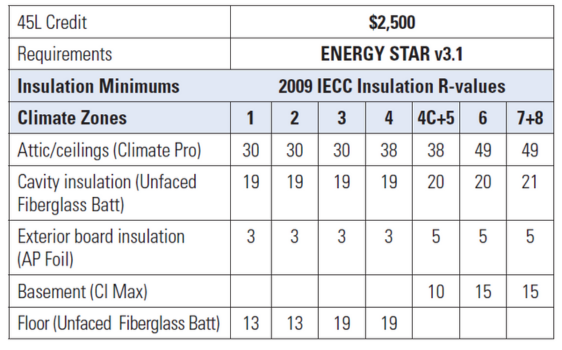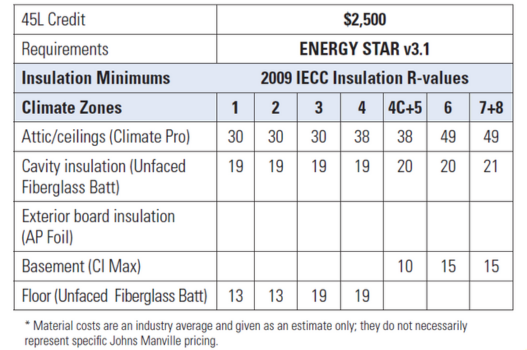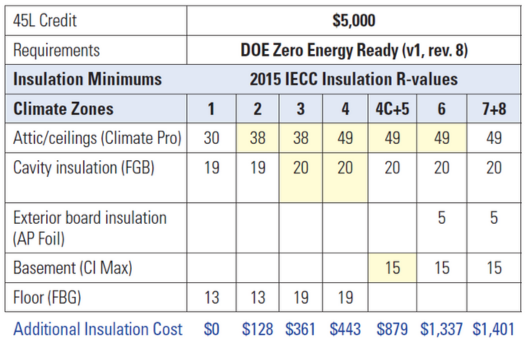| Products | |
| Membrane Roofing Systems TPO PVC EPDM SBS APP BUR Liquid Applied | Roofing Components Insulation and Cover Boards Adhesives, Cements and Primers Specialty Roofing Products Fasteners and Plates Coatings |
For Professionals
Building Owners
Building Owner Resources
Preferred Accounts
Sustainability Solutions
Guarantees and Roof Maintenance
Find a Contractor
Contractors
Contractor Resources
JM Peak Advantage Contractor Program
Technical, Guarantee & Warranty Services
Peak Advantage Contractor Portal Login
Find a Distributor
Design Professionals
Design Professional Services
Specification and Design Assistance Request
BURSI Continuing Education Program
Nonwovens
Fiberglass Mat for:
Bituminous Roofing
Carpet Tiles
Ceiling Tiles
Gypsum Boards
LVT Flooring
Mineral and Foam Insulation
Resilient Flooring
Roof Decks
Roofing Shingles
Polyester Nonwoven for:
Battery Products
Bituminous Roofing
Carpet Tiles
Filtration Products
Filtration Products
Air Filtration
Air Pollution Control
HEPA/ULPA
HVAC
Industrial Filtration
Liquid Filtration
Coolant Oil
Industrial Filtration
Reinforcement Fiberglass
Chopped Fiberglass for:
Gypsum Boards
Polyamides (PA)
Polyolefins (PP, PE)
Single-End Roving for:
Long Fiber Thermoplastics (LFT, D-LFT)
Structural Thermoplastics
Thermoset Composites
Multi-End Roving for:
Sheet Moulding Compound
Thermoset Composites
Beneficial Tax Credits for New Homes and Upgrades
Proper insulation is essential in creating an efficient and comfortable home. The good news is that through the Inflation Reduction Act, there are tax credits for both new homes and upgrades to existing homes, and those tax credits can benefit everyone including contractors.
45L: HOMEBUILDER Tax Credits
The Inflation Reduction Act includes much-needed improvements and extensions to federal tax credits for home energy efficiency. There are credits for new home construction. It’s simple for a builder to take advantage of these energy tax credits, and with the help of Johns Manville insulation products, you can make the most of this opportunity.
Surprisingly, the differences in insulation material costs for the $2,500 tax credit vs. the $5,000 credit for new builds are minimal, even none in some climate zones.

Three Bedroom 2,200 SF Home, 2x6 framed
Check out the following charts for insulation material costs across climate zones and for different sections of a typical 3-bedroom home.
HIGHLIGHTED CELLS state the difference from ENERGY STAR v3.1 to Certified DOE Zero Energy Ready.


Three Bedroom 2,200 SF 2X6 Advanced Frame Home


Saved Documents
Download Options
Choose how you would like to package your saved documents.
